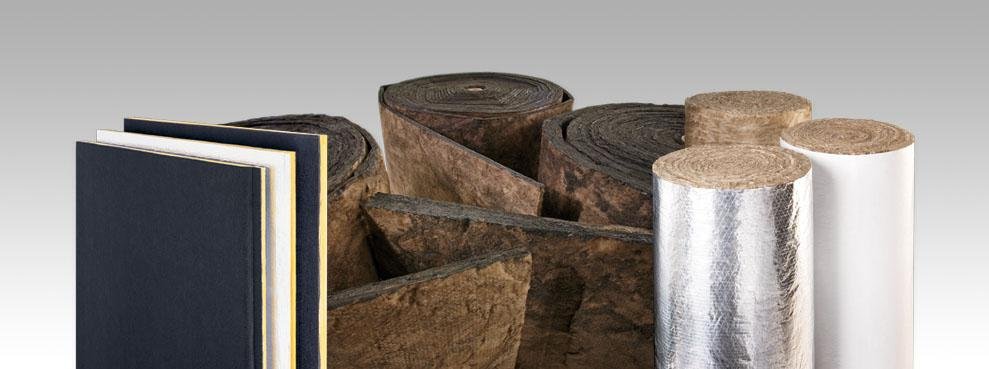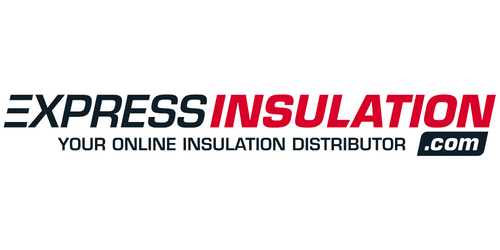
What’s with the brown fiberglass insulation? Formaldehyde Free Plant-Based Fiberglass
All of our fiberglass pipe insulation, fiberglass duct wraps, and fiberglass insulation boards are manufactured by Knauf Insulation in Shelbyville, IN, under the brand name Manson Insulation. This is important because all of Manson’s products incorporate Knauf’s patented ECOSE technology which has no formaldehyde or artificial dyes. You will notice right away that our fiberglass insulation products are brown in color instead of yellow like standard fiberglass. The brown color is the natural color of this plant-based fiberglass without any of the chemicals to dye the fiberglass yellow. Formaldehyde is listed as a possible cancer causing carcinogen if exposure is too high. There is no need to add extra formaldehyde to your home if you can easily avoid it.
Here is some more information from the American Cancer Society on Formaldehyde: https://www.cancer.org/cancer/cancer-causes/formaldehyde.html
As an added bonus, Knauf also uses the highest recycled glass content in the entire industry. When choosing a fiberglass pipe insulation or fiberglass duct insulation, all fiberglass products are not the same. That yellow pipe insulation you saw at home depot does have formaldehyde (and who knows what else) in it and it did come from overseas manufacturing. There is a reason you don’t see the fiberglass pipe insulation brands in Home Depot listed in commercial building specifications and you don’t see professional insulation contractors buying it either. In fact, many companies and universities require the fiberglass insulation in their buildings to always be formaldehyde free insulation.
You can read more on Knauf’s ECOSE Technology here: https://www.knaufinsulation.us/sites/us.knaufinsulation.com/files/K-BR-ECOSE%20Brochure%20WEB.pdf
